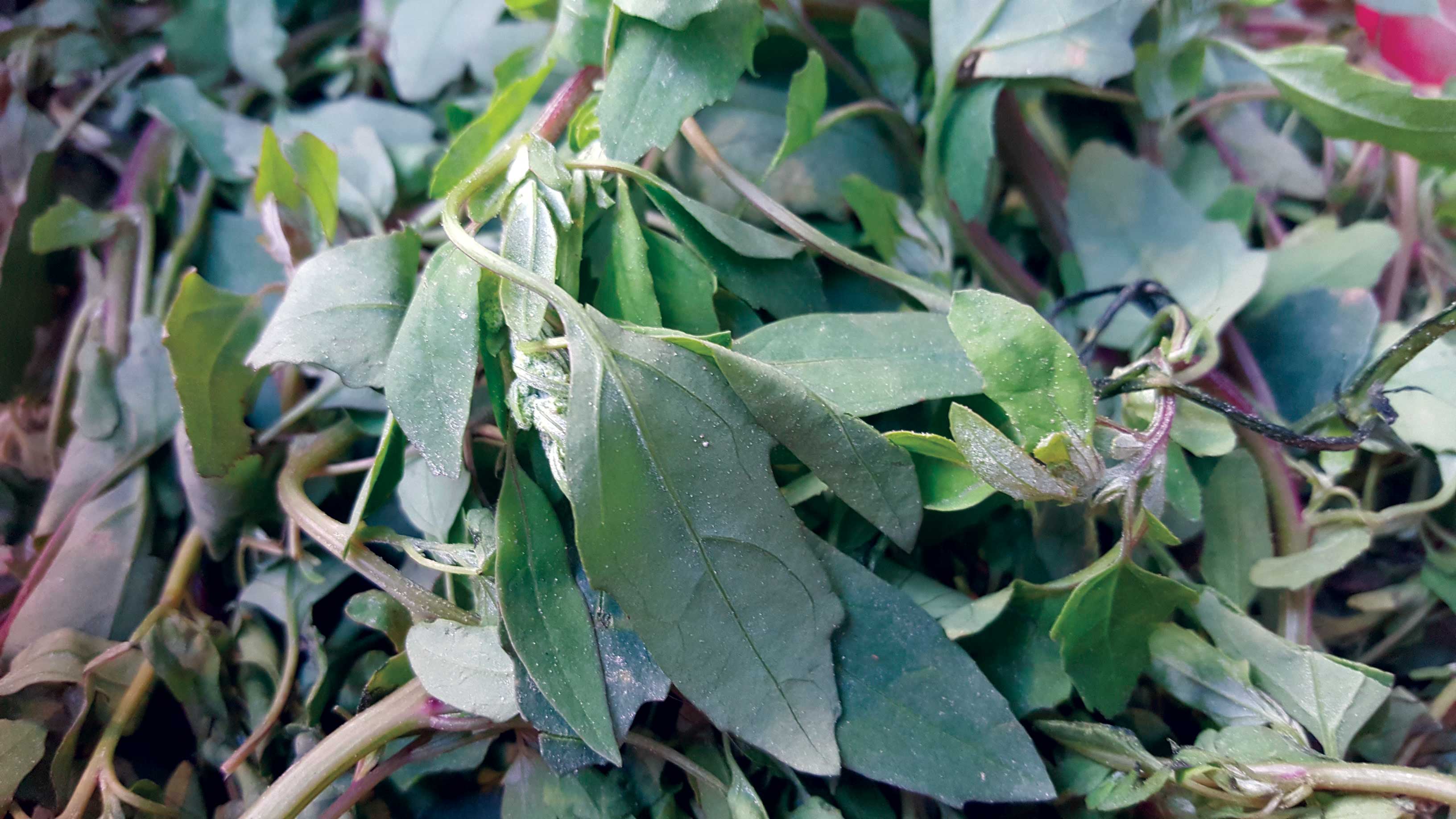The woman at the tour desk of the Kathmandu Guest House handed me my tickets to Lumbini on Buddha Air “how appropriate”, I thought. I flew out late Saturday night on the last Buddha Air flight from Kathmandu to Bhairahawa’s Gautam Buddha Airport.
It was pitch-dark on the lampless highway to the birthplace of the Light of Asia. Six or seven centuries before the Christian era—and some 2,000 years before the Disney-era—Lumbini, located on an important trade route between Kashi (Varanasi) and Taxila, was famed for its celestial pleasure groves. It was here that Queen Maya Devi, wife of King Sudodhana, chose to give birth to her baby son, a prince named Siddhartha who later became known as “The Buddha” or the Enlightened One.
Coming from polluted Kathmandu, the pristine atmosphere of Lumbini in the rural Terai is palpable. There are still shady groves and heavenly breezes even in the hot months such as April and May when Buddha Jayanti usually falls.
For three centuries Lumbini continued to be known for its pleasure gardens until the conversion of the Indian emperor Ashoka. Previously he had slain many soldiers in battle and once becoming a follower of the Buddha, he regretted his violent activities, and turned his Vihara Yatras (pleasure tours) into Dharma Yatras or pilgrimages, and the pleasure gardens were replaced with stupas, monasteries and sacred pillars ‹such as the one that still stands today astride the humble birthplace.
Although predating both Bethlehem and Mecca, Lumbini, has only been known to the modern world for little over a century. Its development was conceived only after then UN Secretary General U Thant visited the neglected site in the formerly malarial-infested Terai in 1967 and wept. He later contributed funds that helped with the construction of the first two monasteries, as did the King of Mustang.
In 1985, the Lumbini Development Trust (LDT) was formed, with the king as its patron, to develop the site. Only now its first phase, the Monastic Zone, is just coming to fruition. The newly-reconstructed Maya Devi nativity temple is due to re-open in February or March 2003, with a coinciding World Buddhist Conference.
With some new monasteries resembling World’s Fair pavilions, the Monastic Zone has been dubiously dubbed a spiritual Disneyland. Temples and monasteries built by various Asian Buddhist countries organizations are each constructed in its own national style, including a massive Chinese temple built by Beijing, a regime not known to promote Buddhism or any other religion. Perhaps, not coincidentally, it looms over a smaller Tibetan monastery across the road.
While most monasteries are state-sponsored, some such as the Myanmar-based Pandita Rama Meditation Center, are not. Giving the teachings of the late master Mahasi Sayadaw, it is the first center to organize regular vipassana (meditation) retreats here. A second Vipassana center, run by the Goenka organization, which also has a branch in Budhanilkanta, is still under construction. “What is unique here in Lumbini,” says Ven. Vivekananda, the Burmese-speaking German monk who is the Pandita Rama head abbot, “is that all the various paths are cooperating and working together.” Persons interested in meditation can register for a ten day retreat to be held in February.
At the Crystal Hotel, we met a bus-load of Thai pilgrims coming from the Buddhist pilgrimage circuit in India, en route to Pokhara. And later, on the train, I met another Thai group who had overnighted at the Nirvana in Siddhartha Nagar. A few days later, we also enjoyed staying at the Buddha Maya Gardens with its verandah overlooking the pastoral Terai countryside scenery dotted with the age-old scene of farmers ploughing their fields, oxen pulling the ploughs..
Basanta Bidari, the chief archeaologist at the LDT vehemently insists that bicycles are the only way to get around Lumbini rather than dusty, polluting motor vehicles. I had to agree, recalling once being covered in clouds of dust from exhaust-spewing tour buses when I tried to cycle around the hundreds of pagodas in Burma’s Bagan. Although, Bidari informs me, “When completed, there will also be a canal through which pilgrims and visitors will be able to arrive by boat from the Shanti Stupa.”
German Tibetologist Christophe Cueppers, the director of the Lumbini Research Institute, says that “Lumbini is not meant for rowdy picnicking, but rather it is a sacred place for Buddhist practice, meditation and study.” One might add that it is for nature-study as well. On my last day just before dusk, while cycling between the Hokke Hotel and the Monastic Zone, I was startled by a galloping herd of neelgai (a kind of bluish antelope) while owls hooted, and kites circled overhead. I also happened to bump into two bird-watching Australians, both peering through binoculars, voyeuristically spying on a pair of cooing cuckoo birds in a tree, enjoying the samsara of nature. “This place is a birdwatchers paradise,” one gushed. Aside from bicycling and observing the Buddhas, birds, and wildlife there is little to do after sunset, although the hotels do serve drinks and a beer garden is planned at Buddha Maya Gardens. As darkness descends, the last picnic buses depart and the only sounds one hears are those of the laughing hyenas or wild jackals whooping it up in the woods. Now if one could only control the inner beasts!
Some lesser-known vegetable dishes from the southern plains
I’m not a vegetarian but I love vegetables. And whenever I get to the southern plains of Nepal, I try...









